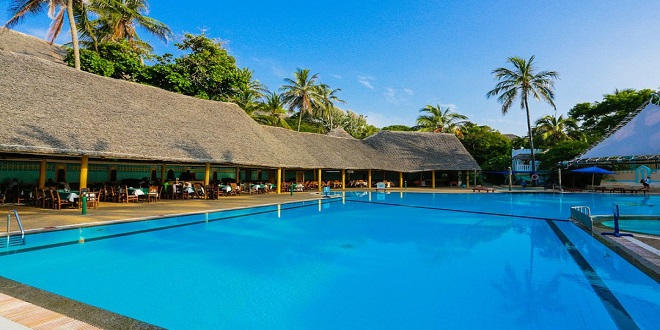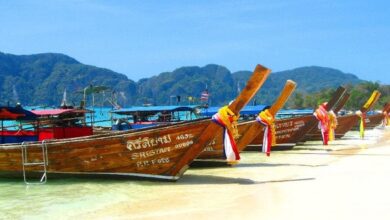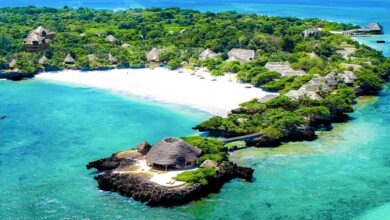Turtle Bay vs Mombasa’s Beaches

Picture a classic tropical paradise, all soft white sand, swaying palms, and glittering aquamarine water, enhanced to spectacular effect by a succession of fantastic ragged coral outcrops that explode from the water like surrealist mushrooms. This is Turtle Bay, one of the most glorious spots on East Africa’s long Indian Ocean coastline, where stunning natural assets and a peaceful atmosphere upstage Mombasa’s more famous beaches at every turn.
Unsurprisingly, the bay is a snorkelers’ paradise and suitable for nervous novices thanks to nearby protective reefs, which ensure reliably calm water conditions. Meanwhile, the deeper reefs farther offshore support healthy populations of whale sharks, giant sea bass, and green turtles, and boast superb scuba-diving conditions. Deep-sea game fishing is popular in the open water beyond the reefs, where anglers can try their hand at catching tuna, sailfish, marlin, and wahoo.
The extraordinary coral formations that adorn this stretch of coast are above-surface extensions of Kenya’s finest and most accessible coral garden, which lies only 328 yards (300 m) from the shore. This breathtaking underwater landscape teems with more than 600 fish species, including brightly colored parrotfish, butterflyfish, surgeonfish, and snappers, which dance around the corals giving a dizzying performance and making Kenya’s legendary landlubbing wildlife seem positively drab by comparison.
FORGET MOMBASA’S BEACHES?
THE BUILD-UP
P The beaches that stretch either side of the ancient island-bound port of Mombasa – Nyali and Bamburi to the north, Diana and Kiwi to the south – are the stuff of brochure writers’ dreams. Here you’ll find idyllic arcs of white sand, calm blue waters, offshore reefs swirling with fish, and beach after beach refreshingly uncrowded by comparison to their Mediterranean counterparts.
THE LETDOWN
In a nutshell: beach boys. One of the reasons the beaches around Mombasa are so uncrowded is that most visitors step out onto them once, and – having deflected a swarm of pushy hustlers and chancers – opt to spend the rest of their holidays lounging around the hotel swimming pool instead.
PRACTICAL INFORMATION
Getting There and Around
The closest international airport is in Mombasa, from where there are domestic flights to Malinda, which is 9 miles (15 km) north of Wartime. Shared taxis head into Wartime from both Mombasa and Malinda, and private taxis are also available. Most sites around Wartime can be reached on foot or by a short taxi ride.
Where to Eat
There are no stand-alone restaurants of note in Wartime, but all the resort hotels serve good meals, with seafood being the specialty. Particularly recommended are the à la carte lunch menu and sumptuous themed buffet dinners at Hemingway’s
Where to Stay
Watamu village has a good selection of budget accommodations, and the main beach running south of this is serviced by four medium-sized resort hotels. The best is Hemingway’s (see Where to Eat), which has a superlative setting and offers a great range of marine activities.
Last word
Hidden in the park’s tangled forest is Gedi, a “lost city” and Kenya’s most important and impressive archaeological site. Its broodingly enigmatic mosques and palaces and eerie tombs and archways are all that remains of a medieval Swahili city-state, thought to have been home to 2–3,000 people in its heyday.




